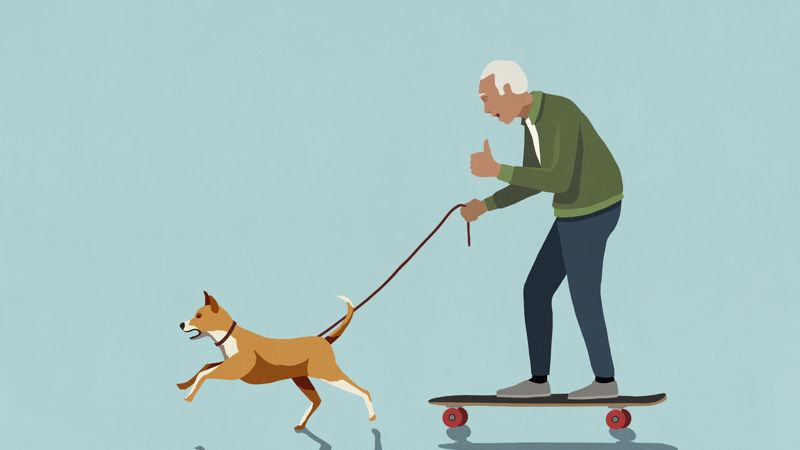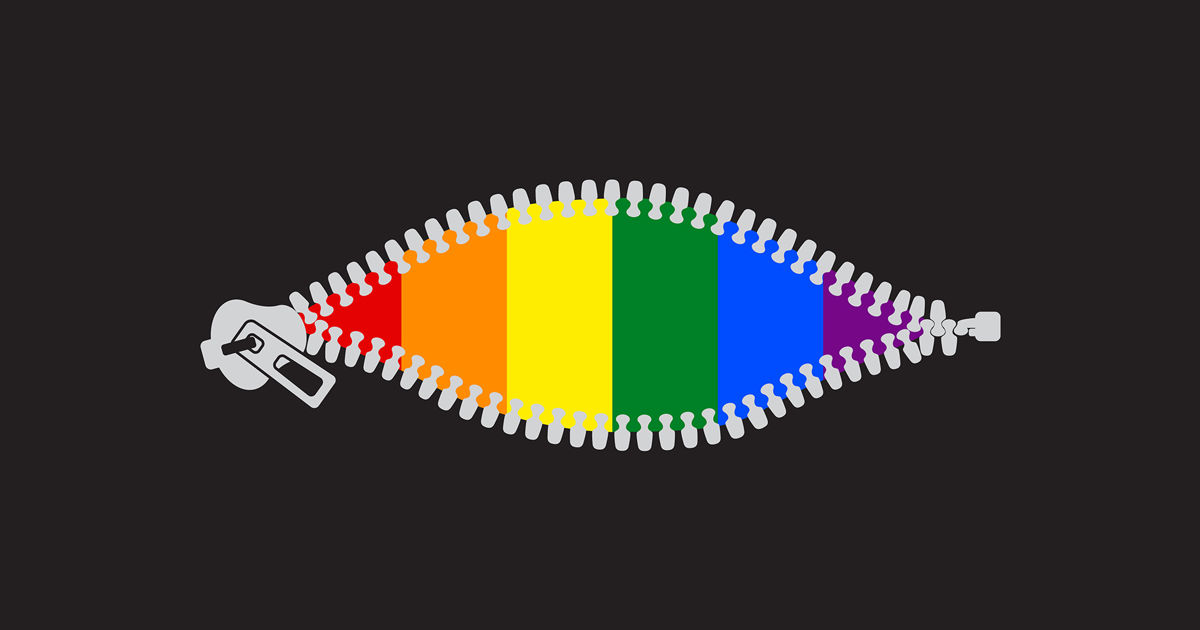Maintaining pride: how LGBTQ+ representation is about more than just coming out
Diana Ellis-Hill, co-founder and director at creative and production studio Be The Fox, explains how a culture of inclusivity is the most important element to increasing representation behind the camera.
It's hard these days to know if someone is LGBTQ+ isn’t it? Those card-carrying queers among us, don’t actually carry a card... unless I missed that at orientation.
So in this era of inclusivity, of diversity, of authenticity (got all our favourite buzzwords in there), what can we do to make sure that LGBTQ+ perspectives are represented from behind the camera - in your writers, in your directors, in your crew - without demanding they out themselves at every job opportunity?
Despite the rainbows, not all queer people are out and proud. So how can the LGBTQ+ community be visible in this industry, without having to have those conversations they may find uncomfortable? Is that even possible?
Despite the rainbows, not all queer people are out and proud.
When my friend and business partner Meg Price and I started our production company eight years ago, it didn’t enter our minds that we might want to promote ourselves as a female-led company, let alone an LGBTQ+ owned one. We were just ambitious young creatives out to build something of our own.
As it turns out, in the last few years we’ve realised how important it is to us that we shout about these things. It says out loud “hey, hi, we’re here, we bring something different to the party, come work with us for a different perspective!” It also helps us to attract great and diverse talent, which is what makes our creative thinking so rich.

Above: Diana Ellis-Hill on set.
The strange thing is, I don’t really want my company to be thought of as only a queer-run business: "Here for all your queer needs!".
This may be the same reason so many individuals aren’t 'out' at work, when they are at home with their friends and family - nobody wants to be pigeon-holded. Not just that, there’s the question of safe space.
According to the Stonewall UK Workplace Equality Index, more than a third of LGBTQ+ employees have concealed that they are LGBT+ at work, for fear of discrimination. I recently employed a wonderful freelance producer who said he’d only ever worked for white, straight, cis men, and hadn’t realised how often he’d been suppressing his personality to fit in and avoid discrimination until now.
Unless a person is very openly out then they may miss out on opportunities.
The good news is that clients are actively seeking diversity in the companies they partner with. The conversation is very front of mind right now, and we’re all trying to course-correct the sea of sameness that is so prevalent across the industry. But it’s not easy, because unless a person is very openly out then they may miss out on opportunities.
And what is ‘out’ anyway?
Perhaps for a confident lesbian who talks about her wife at the start of every new meeting, it’s pretty straightforward (excuse the pun), but there is no monolithic experience or even easy labels for everyone to attach to themselves. Not every bisexual or non-binary person is going to announce these things about themselves while the kettle boils in the staff kitchen.
So what can we do to pursue more LGBTQ+ representation in our creative workforce, without piling the pressure on for people to dutifully wave the flag?
Here’s my advice. Seek out companies that clearly value diversity, that employ people from different backgrounds and cultures and walks of life, because they will share your ambitions to create work that meaningfully reflects different kinds of people, including LGBTQ+ people. These are the companies that will be vigilant in ensuring there is LGBTQ+ input on the images you want to produce and the stories you want to tell.
Don’t make the same mistake so many brands do every Pride season. Rainbow-washing your company or brand logo every June is not only inadequate; it’s insulting. To both your LGBTQ+ employees and customers alike.
The more a company gives people the space, support, and freedom to be openly LGBT+, the more people will be comfortable to come out on their own terms.
To be truly inclusive and respectful, give your equality and diversity policy the attention it deserves. Learn lessons from the brands that do this really well. Brands like Barclays and Gap are great examples.
Create a culture in your own company where people feel safe to be their true selves. The more a company gives people the space, support, and freedom to be openly LGBTQ+, the more these people will be comfortable to come out on their own terms - which in turn helps others to do the same. And that’s not just LGBTQ+ others, that’s all others, whatever their revelation might happen to be.
The ripple effect works in every direction, propagating the kind of confidence that makes being whatever, a whole lot nicer – and a whole lot easier to speak about when the right opportunity does drop.
)




 + membership
+ membership








